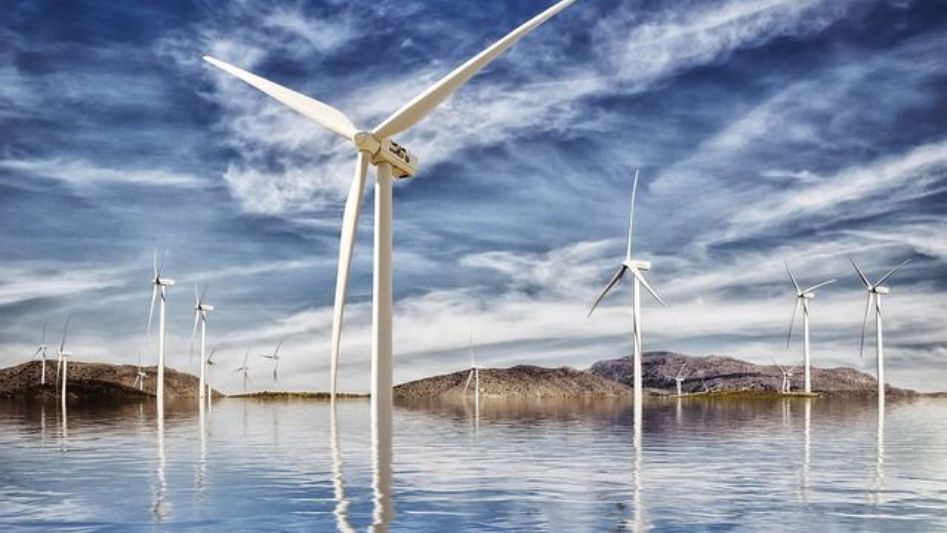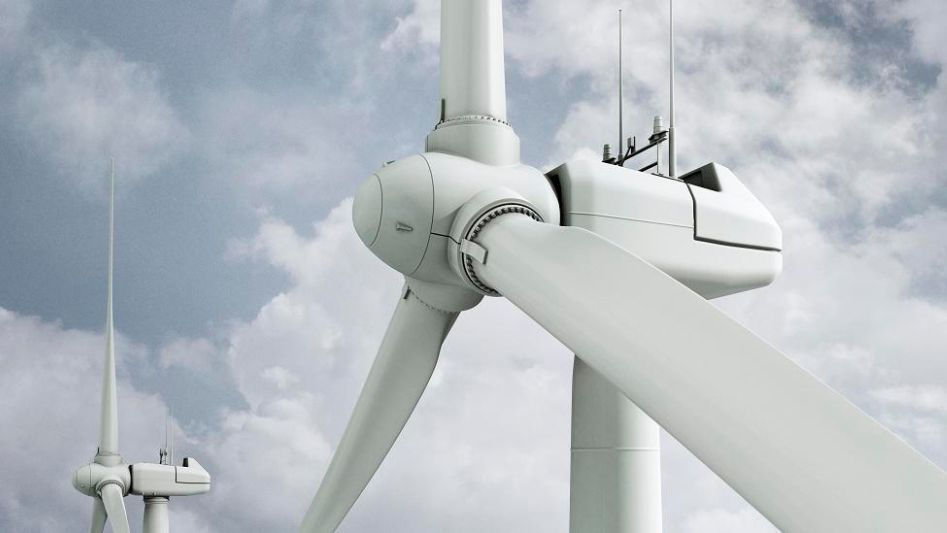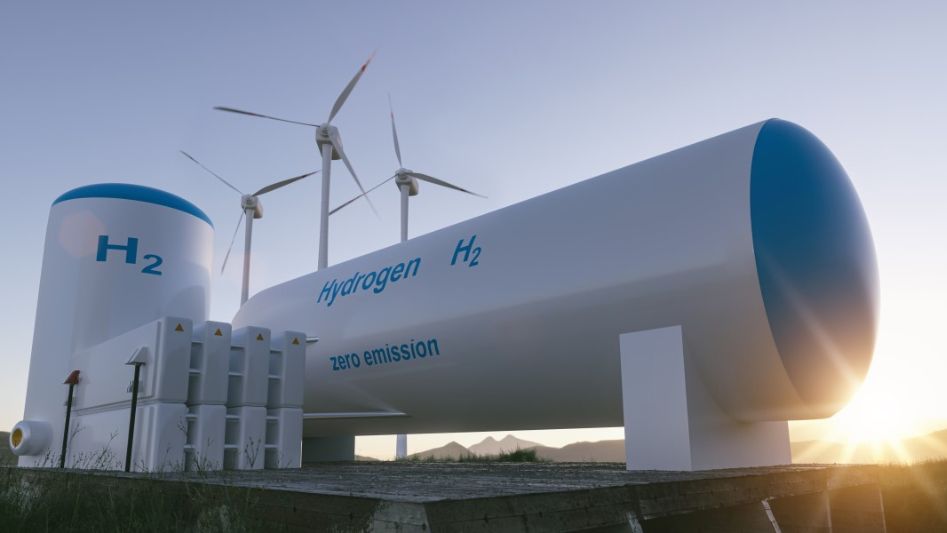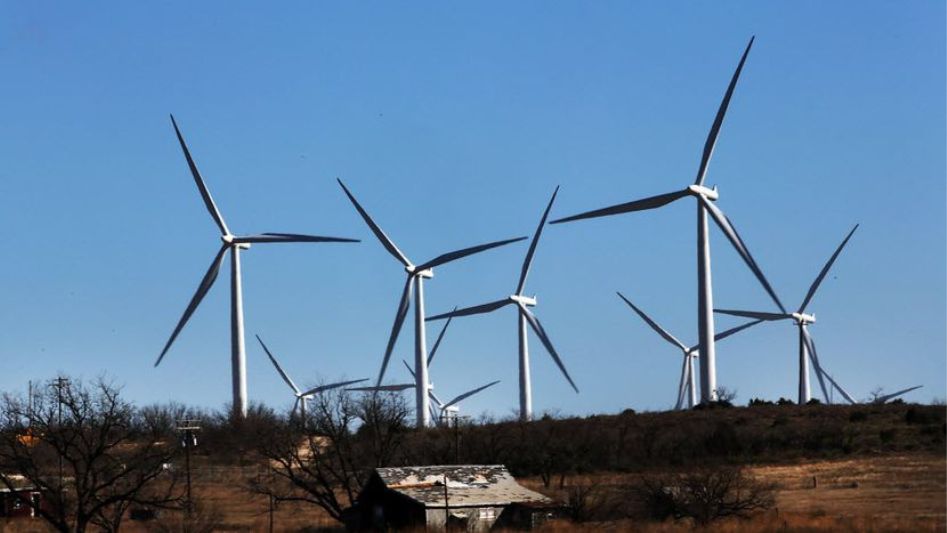As the world grapples with the daunting challenge of reducing carbon emissions, it has become imperative to find alternative sources of energy that are clean, sustainable, and renewable. One such solution is wind energy. Wind energy is a form of renewable energy that harnesses the power of wind to generate electricity. It is a clean and sustainable source of energy that can replace fossil fuels and reduce greenhouse gas emissions.
In recent years, wind energy has emerged as a significant player in the global energy mix. According to the International Energy Agency (IEA), wind energy accounts for 7% of global electricity generation, and this number is expected to double by 2026. In this article, we will discuss the importance of wind energy in the energy transition and its benefits for our environment and economy.
Table Of Content
We invite you to read: “The Great Clean Energy Acceleration: All You Need to Know”

Importance of Wind Energy in the Energy Transition
Wind energy is crucial for the energy transition to a cleaner and sustainable future. Here are some reasons why:
Clean and Sustainable Energy Source
Wind energy is a clean and sustainable source of energy that produces no carbon emissions or pollution. Unlike fossil fuels, which emit harmful gases that contribute to climate change, wind energy does not pollute the environment or harm human health.
Cost-Effective
Wind energy has become increasingly cost-effective in recent years, making it an attractive alternative to fossil fuels. The cost of wind energy has decreased significantly, and it is now cheaper than coal, natural gas, and nuclear energy in many regions of the world. This cost-effectiveness is due to technological advancements, economies of scale, and government incentives.
Renewable Energy
Wind energy is a renewable energy source, meaning that it is replenished naturally and can be used indefinitely. Unlike fossil fuels, which are finite and will eventually run out, wind energy is a sustainable source of energy that can help to reduce our dependence on non-renewable energy sources.
Job Creation
The wind energy industry has the potential to create significant employment opportunities. According to the US Department of Energy, wind energy currently supports over 100,000 jobs in the United States alone. As the industry grows, it is expected to create even more jobs, particularly in manufacturing, construction, and maintenance.
Energy Security
Wind energy can help to enhance energy security by reducing our dependence on imported fossil fuels. By producing electricity domestically, we can reduce our reliance on foreign energy sources and enhance our energy independence.
We invite you to read: “Google Buys 43MW of Wind Energy While Saving Birds”

The Future of Wind Energy:
Technological Advancements
Technological advancements are making wind energy more efficient and cost-effective. New materials, designs, and manufacturing techniques are being developed to improve the performance of wind turbines and reduce their cost.
Government Support
Many governments around the world are supporting the growth of wind energy through policies and incentives. This includes tax credits, subsidies, and feed-in tariffs that encourage the development and deployment of wind energy.
Increased Demand
As the world becomes more aware of the environmental and economic benefits of wind energy, the demand for it is expected to increase. This will create new opportunities for investment and job creation in the wind energy industry.
We invite you to read: “How Wind Energy Can Contribute to a Zero-Carbon Future”

Conclusion
Wind energy is a critical component of the energy transition to a cleaner, sustainable, and renewable future. Its many advantages, including being a clean and sustainable energy source, cost-effectiveness, renewable energy, job creation, and energy security, make it an attractive alternative to traditional energy sources. While it does face challenges, technological advancements, government support, and increased demand are driving the growth of the wind energy industry.
FAQ
How much of the world’s energy is produced by wind energy?
Currently, wind energy accounts for around 7% of global electricity generation.
What is the average lifespan of a wind turbine?
The average lifespan of a wind turbine is around 20-25 years, although this can vary depending on the manufacturer and maintenance practices.
Can wind energy replace fossil fuels entirely?
While wind energy has the potential to replace a significant portion of fossil fuel-based electricity, it is unlikely to replace them entirely. A mix of different energy sources, including wind, solar, hydro, and nuclear, is likely needed to meet the world’s growing energy demands.
You May Also Like
- The Role of Government in Promoting Wind Energy
- Wind Energy and Grid Modernization: A Synergistic Approach
- A Beginner’s Guide to Wind Energy: How It Works and What It Powers
- The Role of Wind Energy in Achieving Sustainable Development Goals
- A Closer Look at the Benefits and Limitations of Wind Energy

